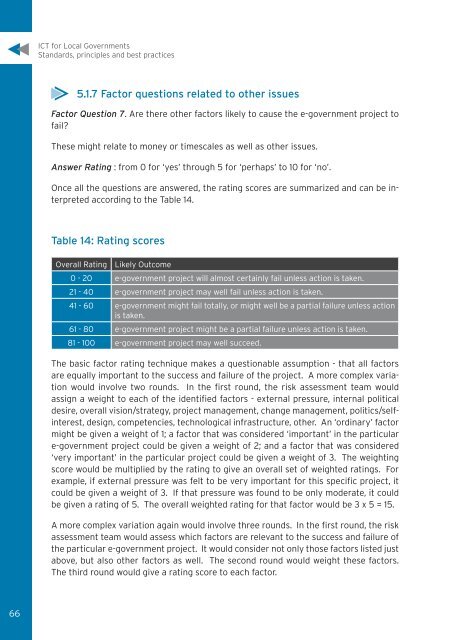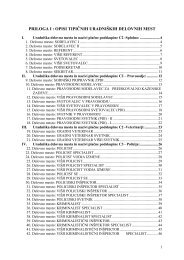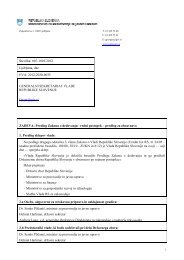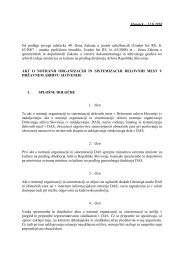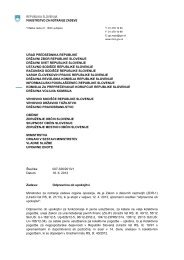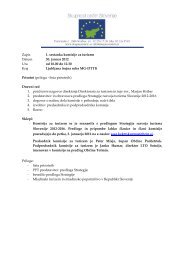for Local Governments
for Local Governments
for Local Governments
Create successful ePaper yourself
Turn your PDF publications into a flip-book with our unique Google optimized e-Paper software.
66<br />
ICT <strong>for</strong> <strong>Local</strong> <strong>Governments</strong><br />
Standards, principles and best practices<br />
5.1.7 Factor questions related to other issues<br />
Factor Question 7. Are there other factors likely to cause the e-government project to<br />
fail?<br />
These might relate to money or timescales as well as other issues.<br />
Answer Rating : from 0 <strong>for</strong> ‘yes’ through 5 <strong>for</strong> ‘perhaps’ to 10 <strong>for</strong> ‘no’.<br />
Once all the questions are answered, the rating scores are summarized and can be interpreted<br />
according to the Table 14.<br />
Table 14: Rating scores<br />
Overall Rating Likely Outcome<br />
0 - 20 e-government project will almost certainly fail unless action is taken.<br />
21 - 40 e-government project may well fail unless action is taken.<br />
41 - 60 e-government might fail totally, or might well be a partial failure unless action<br />
is taken.<br />
61 - 80 e-government project might be a partial failure unless action is taken.<br />
81 - 100 e-government project may well succeed.<br />
The basic factor rating technique makes a questionable assumption - that all factors<br />
are equally important to the success and failure of the project. A more complex variation<br />
would involve two rounds. In the first round, the risk assessment team would<br />
assign a weight to each of the identified factors - external pressure, internal political<br />
desire, overall vision/strategy, project management, change management, politics/selfinterest,<br />
design, competencies, technological infrastructure, other. An ‘ordinary’ factor<br />
might be given a weight of 1; a factor that was considered ‘important’ in the particular<br />
e-government project could be given a weight of 2; and a factor that was considered<br />
‘very important’ in the particular project could be given a weight of 3. The weighting<br />
score would be multiplied by the rating to give an overall set of weighted ratings. For<br />
example, if external pressure was felt to be very important <strong>for</strong> this specific project, it<br />
could be given a weight of 3. If that pressure was found to be only moderate, it could<br />
be given a rating of 5. The overall weighted rating <strong>for</strong> that factor would be 3 x 5 = 15.<br />
A more complex variation again would involve three rounds. In the first round, the risk<br />
assessment team would assess which factors are relevant to the success and failure of<br />
the particular e-government project. It would consider not only those factors listed just<br />
above, but also other factors as well. The second round would weight these factors.<br />
The third round would give a rating score to each factor.


